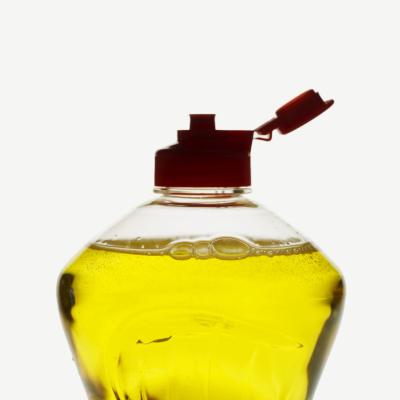
Leather upholstery adds elegance and beauty to any surface, from household furniture to car seats. Although leather is quite durable and stain-resistant, it can deteriorate over time. The leather may become rough, cracked or dirty, leaving the upholstery looking unsightly. Restoring leather can bring back the original splendor of the upholstery, leaving it looking like new. Care must be taken when restoring leather upholstery so as not to further damage the material.
Vacuum off the upholstery using a soft brush attachment on your vacuum cleaner. This will remove any loose dirt, dust and debris from the leather.
Fill a bucket with about 1 qt. of warm water. Add a few drops of mild dish soap to the water. Fill another bucket with just plain water.
Wipe the leather down with the soapy water and a soft rag, working in sections. Go over each section with a separate rag and the plain water to remove the soap residue.
Dry the leather with a clean, soft rag. Buff the leather upholstery with another soft cloth to restore its shine.
Mix 1 part distilled white vinegar and 2 parts linseed oil into a bowl. Dip a soft rag into the bowl and wring it out well.
Wipe down the upholstery with the rag and solution. Wipe in circular motions and apply only a thin coating. This will help replenish the leather. Allow it to sit for about 10 minutes, then buff the upholstery with a soft, dry cloth.
Repair any cracks or stressed areas on the leather upholstery. Fill a bowl with a prepping agent designed for leather restoration. You can buy such products at most auto parts stores.
Dip a sanding block into the bowl of prepping agent. Use 400- to 600-grit paper for leather with a lacquer finish. Use 600- to 1,000-grit sandpaper for a water-based finish.
Sand the cracked areas of the leather lightly with the wet sandpaper. This will smooth out the cracks on the surface and remove just a small amount of the leather dye. Wipe the surface with a soft rag as you are sanding. Allow the upholstery to completely dry once the surface is smooth from sanding.
Apply a new coat of leather dye to the repaired areas of the upholstery. Rub the dye into the cracked areas using your fingers. Smooth out and blend the dye with the existing leather. Allow the dye to dry. Apply a second coat, if necessary.
Apply a clear-coat leather finish over the newly dyed area of the upholstery. Allow the finish to dry, then apply a leather conditioner.